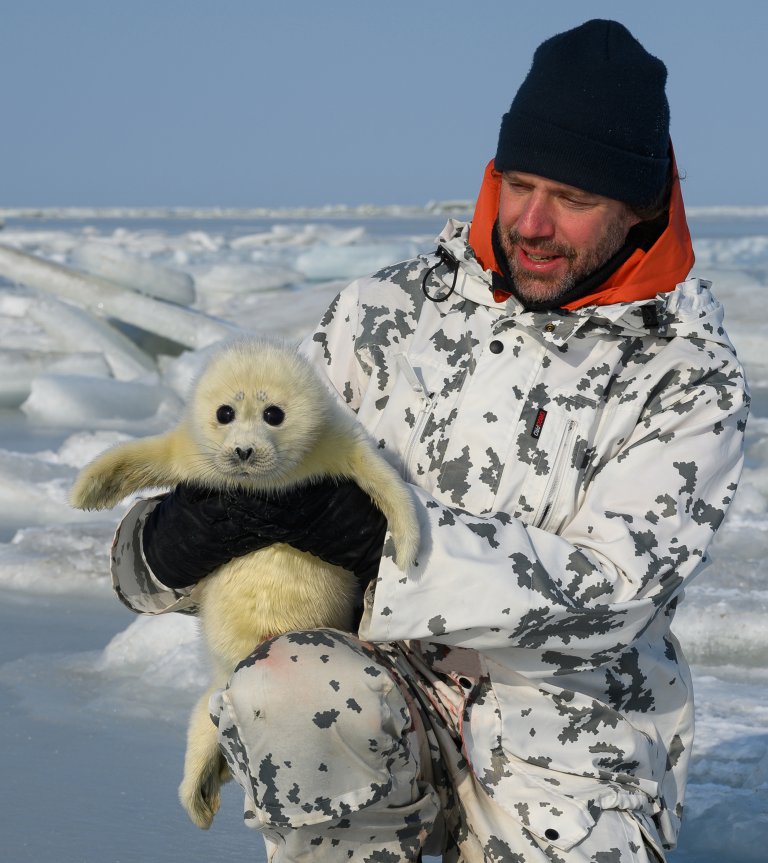At the end of February, one of the largest international expeditions in the Caspian Sea was organized by the Center for Research and Rehabilitation of the Caspian Seal, headed by its founder Aselle Tasmagambatova and the Norwegian Institute for Bioeconomic Research.
The researchers were also supported by the King Abdullah University of Science and Technology in Saudi Arabia, which has been a partner of the Tasmagambetova Institute since 2022.
Scientists from the USA, Norway, Great Britain, France, Saudi Arabia and Kazakhstan went on an expedition to collect the widest possible range of data on the endangered species of mammals listed in the Red Book – the Caspian seal.

Pollution, illegal hunting, global warming and disease pose a serious threat to these animals.
“Caspian seals breed, give birth, feed and train their cubs only on the ice. Thus, global warming, including in connection with the already documented decrease in water levels, will have a serious impact on the most important habitat for seals” – CAIER founder Aselle Tasmagambetova explains the concerns of environmentalists. Thanks to special sensors provided by partners in Saudi Arabia for the expedition, the scientists hope to gather important information about how seals cope with temperature changes. “This is extremely important. We have estimates that oil, industrial and heavy metals, agricultural pesticides, radioactive waste, sewage and household waste have poisoned the seal habitat and up to 70% of the females of this species may currently be unable to reproduce. The animals may have to try to find new places to live in the future,” says Tasmagambetova. According to the ecologist, since the seal rehabilitation center was opened in Aktau, Kazakhstan two years ago, about 70 seals have been cured. “About half of them were caught by illegal networks, so this is another serious problem that needs to be addressed,” adds Tasmagambetova.
NIBIO Svanhovd Molecular Center Researcher Dr. Tommy Nyman, who also participated in the expedition, notes that there are some similarities between the situation of seals in the Caspian Sea and seals living in Lake Saimaa in Finland. “However, while the population of the Caspian seal is declining, we are actually seeing a slow increase in the population of the Saimaa seal, from 150 individuals in the 1980s to just over 400 individuals today. Most likely, this is due to new restrictions regarding fishing nets,” says Tasmagambetova, a Norwegian environmentalist.
As a result of the expedition, scientists will have to study a large amount of data collected regarding both the habitat of the mammals of the Caspian Sea and the diseases and parasites that animals are susceptible to. But it is already clear that all the countries of the Caspian region need to reach mutual agreements so that everyone makes efforts to preserve the environment of the Caspian Sea together with its marine life.
In particular, the Center for Research and Rehabilitation of the Caspian Seal is ready to take on a coordinating function to save endangered animals.
“All analyses, studies and collected material can be used to develop a targeted transnational policy within the framework of the Tehran Convention aimed at reversing the current decline in the seal population,” Aselel Tasmagambetova explained the purpose of such expeditions.



